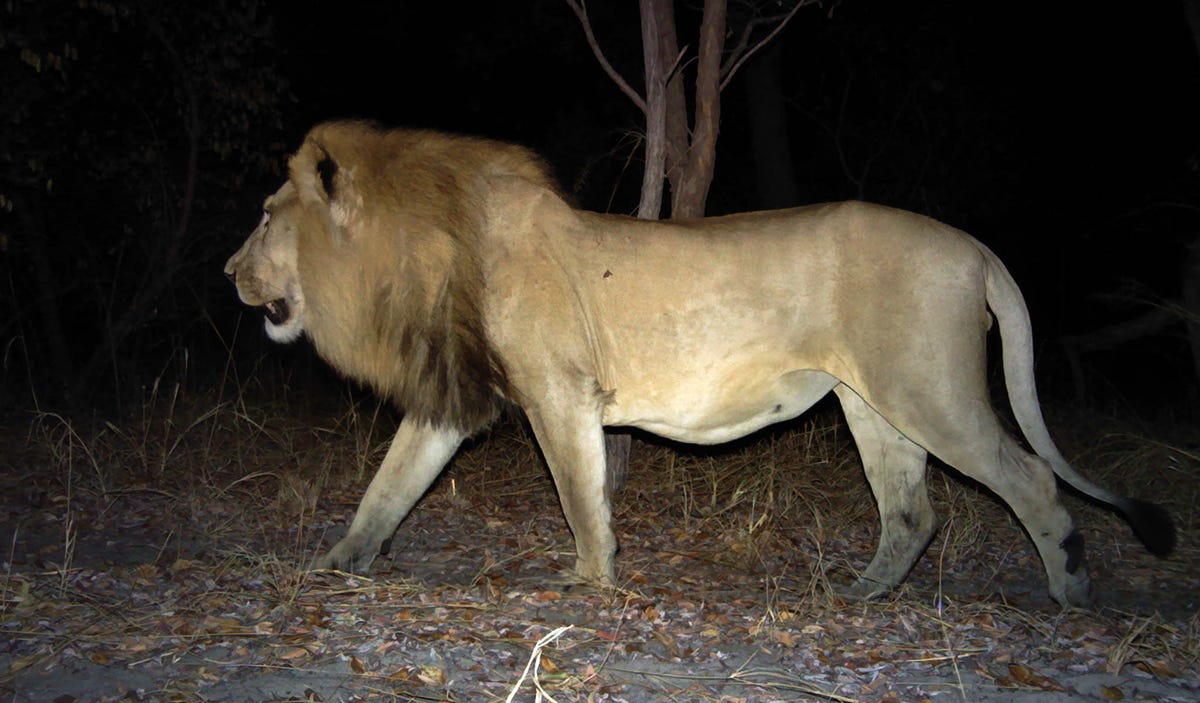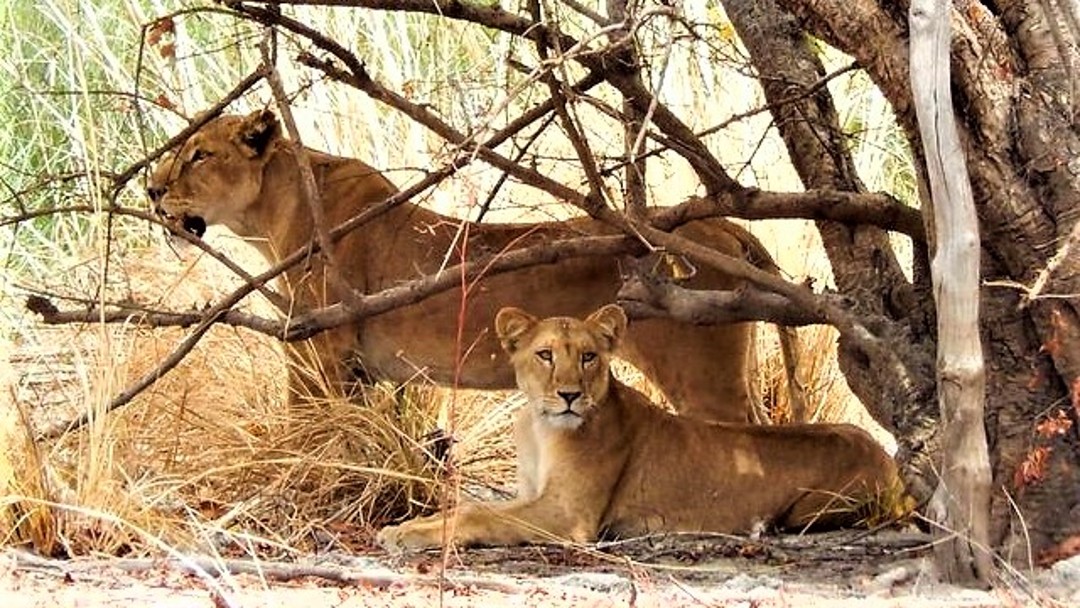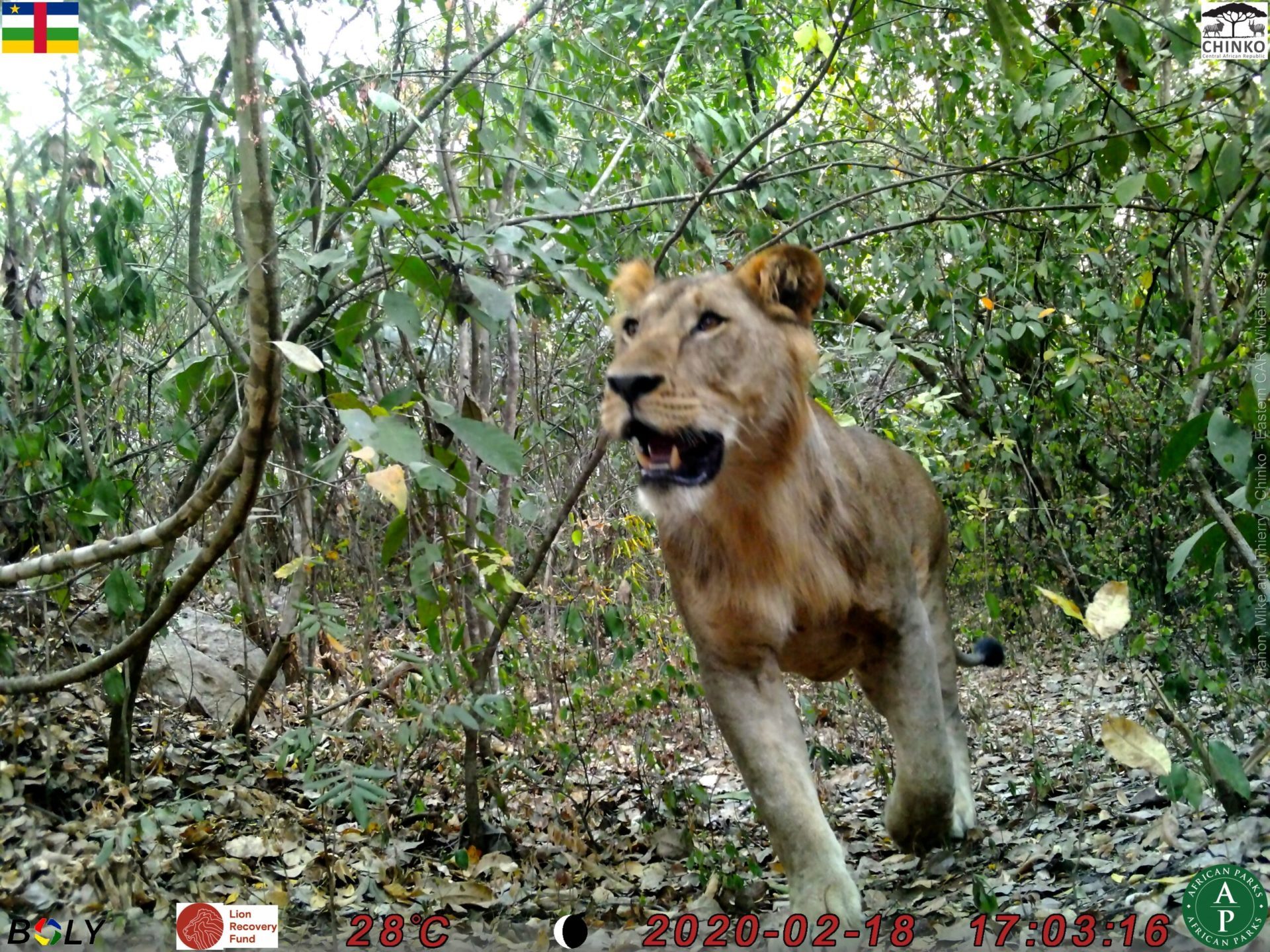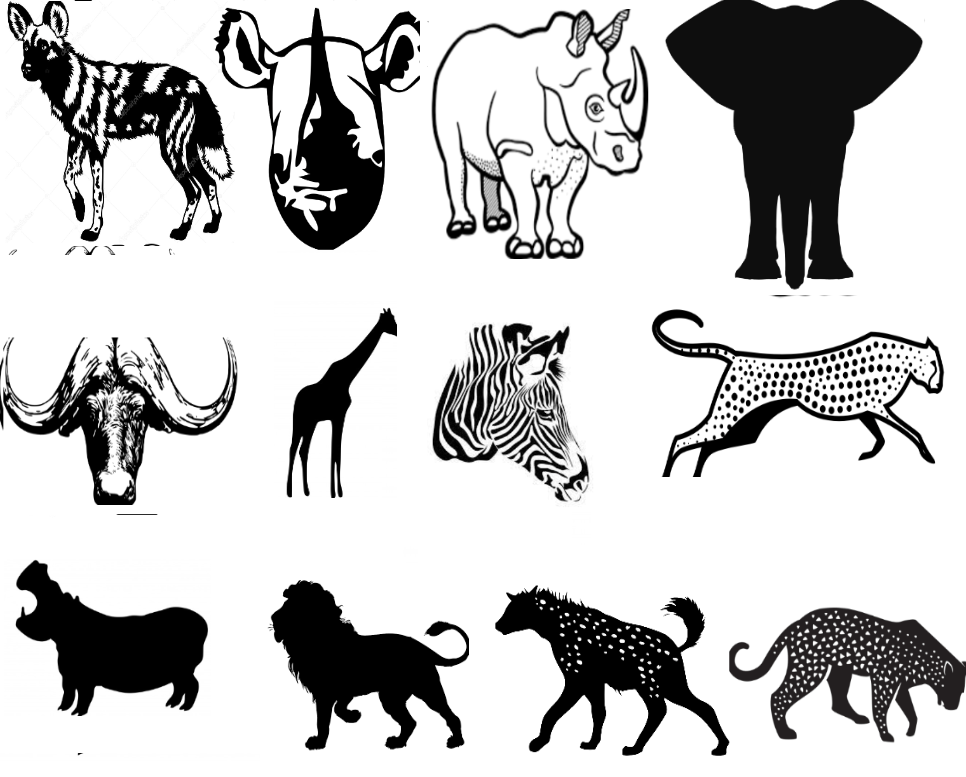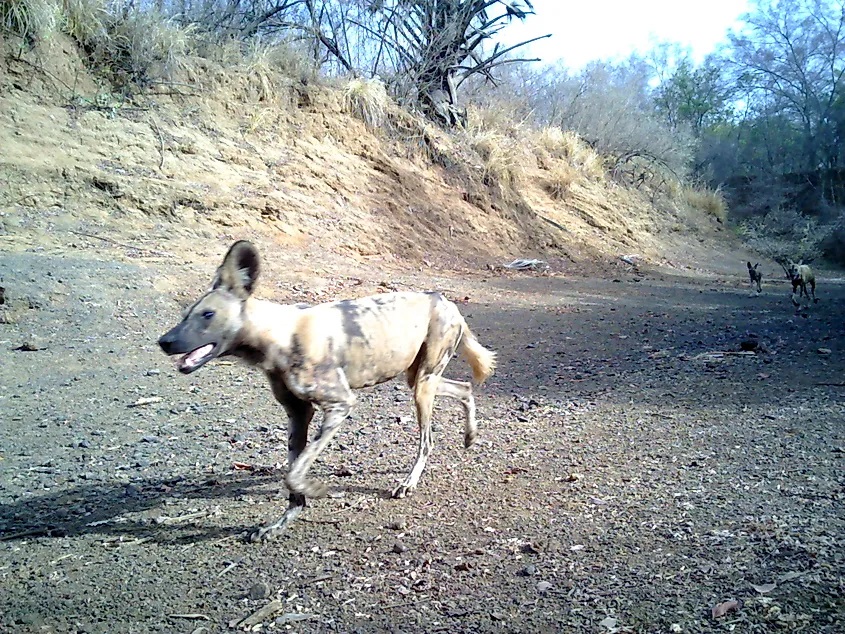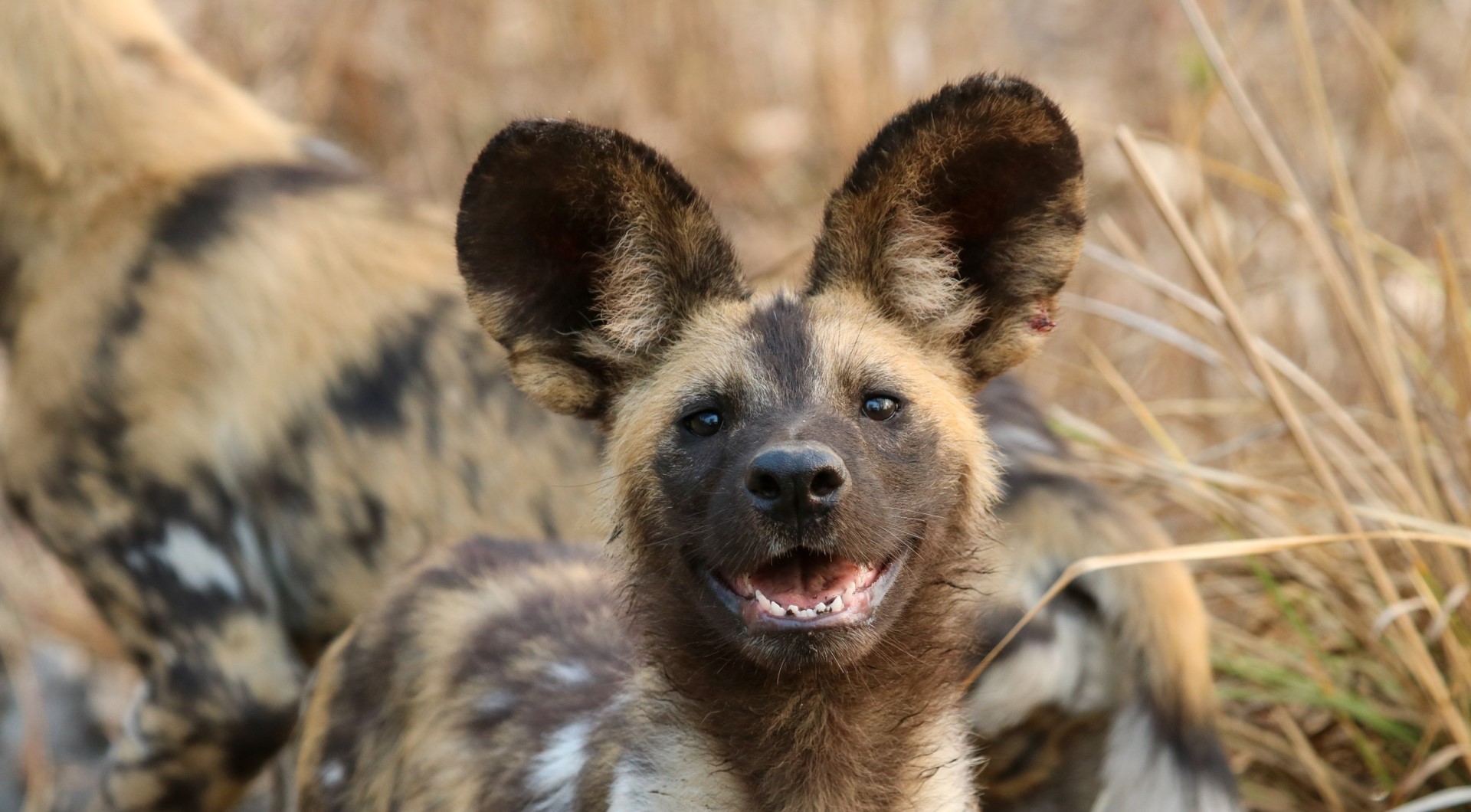
Elephants hunting used to be a common activity. This was banned in Kenya in 1973 and in Botswana in 2014. The trade in Elephant parts was banned in 1989.
For many years, however, conservationists have called for rich countries to ban imports of hunting trophies on a country by country basis. This is for a simple reason – a reserve like the Kruger, has a real issue with a growing elephant population, yet at the same time Nigeria has only 400 elephants left. Tanzania has seen a reduction of elephants of 63%, while Mozambique has seen a reduction of 34%.
This new ruling suggests that imports are only allowed from populations which are large enough to support the loss. Now, I would be interested as to how this is worked out. For instance, could I buy a tiny parcel of land, on the edge of a large reserve, and allow any elephants that step on my land to be hunted?
- Somewhere like the Selous game reserve, would in theory be acceptable for elephant hunting. If we go back to the 1976 there were approaching 109,000 elephants. However that population is now thought to be around 13,000 – hunting should be banned until the population has recovered. If a hunting reserve cannot afford to police well enough to eliminate poaching, it should not be allowed to hunt (the number of poached and hunted elephants must be below safety levels.
- The Serengeti ecosystem also does not have a large elephant populatino so cannot allow hunting
- The African forest elephant is considered critically endangered, so none of these elephants should be hunted



 As you can see from the map above, the name African lion is not particularly accurate, given that half of Africa was inhabited by the Asian Lion. Still, even taking into account this number of African lions which belong to the Asiatic lion subspecies, still the population of African lion subspecies account for the majority of lions left in the world. It should be noted, that while
As you can see from the map above, the name African lion is not particularly accurate, given that half of Africa was inhabited by the Asian Lion. Still, even taking into account this number of African lions which belong to the Asiatic lion subspecies, still the population of African lion subspecies account for the majority of lions left in the world. It should be noted, that while 



